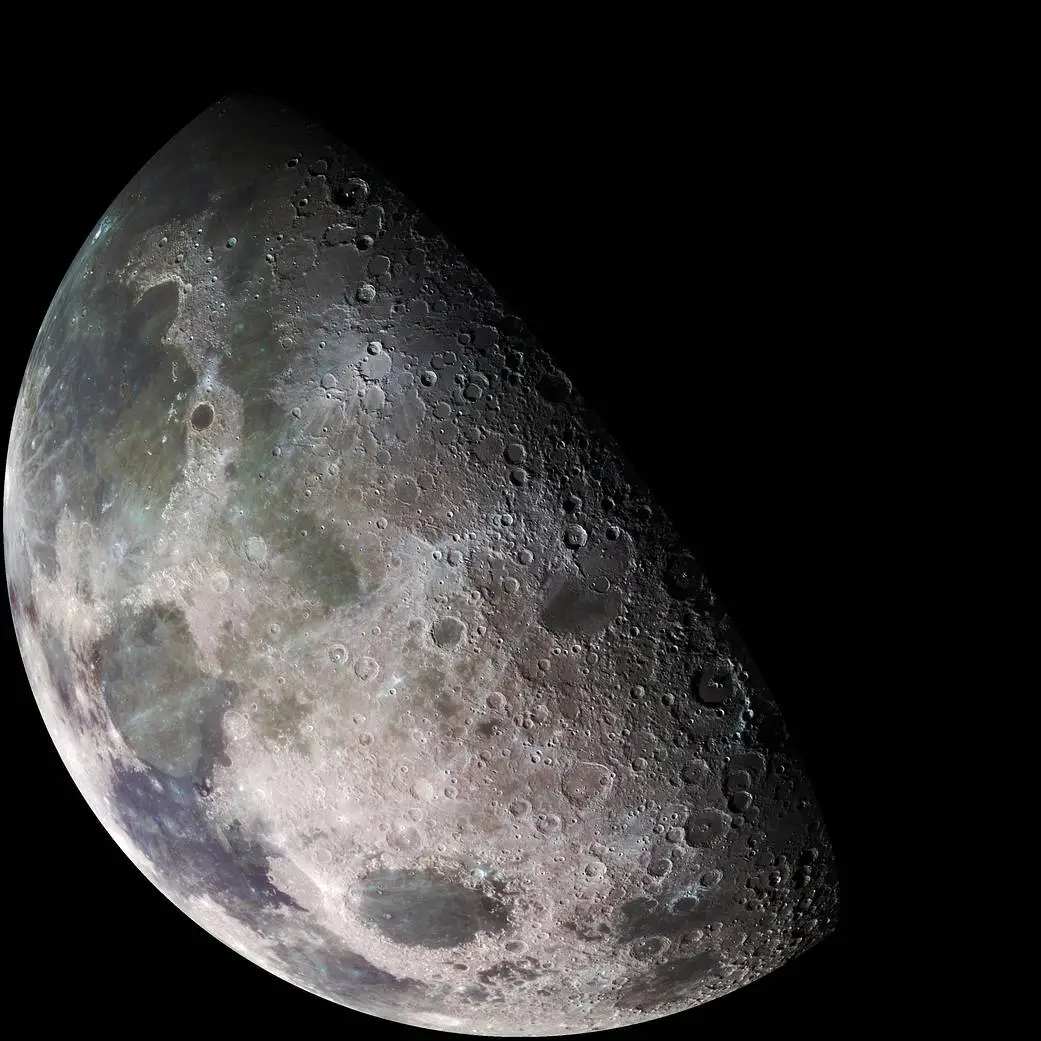Moons: The Diverse Satellites of Planetary Bodies
Moons, often referred to as natural satellites, orbit planets and other larger bodies in the universe. This post delves into the varied characteristics of moons, their formation, and their role in planetary systems.
Understanding Moons
- Diversity: Moons come in various sizes, compositions, and environments. From our own Moon to the icy moons of Jupiter and Saturn, each moon has unique features.
- Formation: They can form alongside their parent planets from the protoplanetary disk or be captured by a planet’s gravity.
Moons in Our Solar System
- Earth’s Moon: A key factor in Earth’s tides and a source of light at night. Its surface bears the marks of impacts and ancient volcanic activity.
- Galilean Moons of Jupiter: Include Io, Europa, Ganymede, and Callisto, each with distinct characteristics like volcanic activity and subsurface oceans.
- Titan and Enceladus of Saturn: Titan has a thick atmosphere and liquid methane lakes, while Enceladus shows signs of subsurface water.
Moons and Planetary Science
- Impact on Planets: Moons affect their parent planets in many ways, including tidal forces that can influence geological activity.
- Astrobiological Significance: Some moons, like Europa, are considered potential habitats for extraterrestrial life due to the presence of water and favorable conditions.
Observational and Exploratory Importance
- Scientific Study: Moons are subjects of intense study for understanding planetary evolution, dynamics, and potential for life.
- Space Missions: Many missions have targeted moons, revealing their complexities and the secrets they hold about the solar system.
